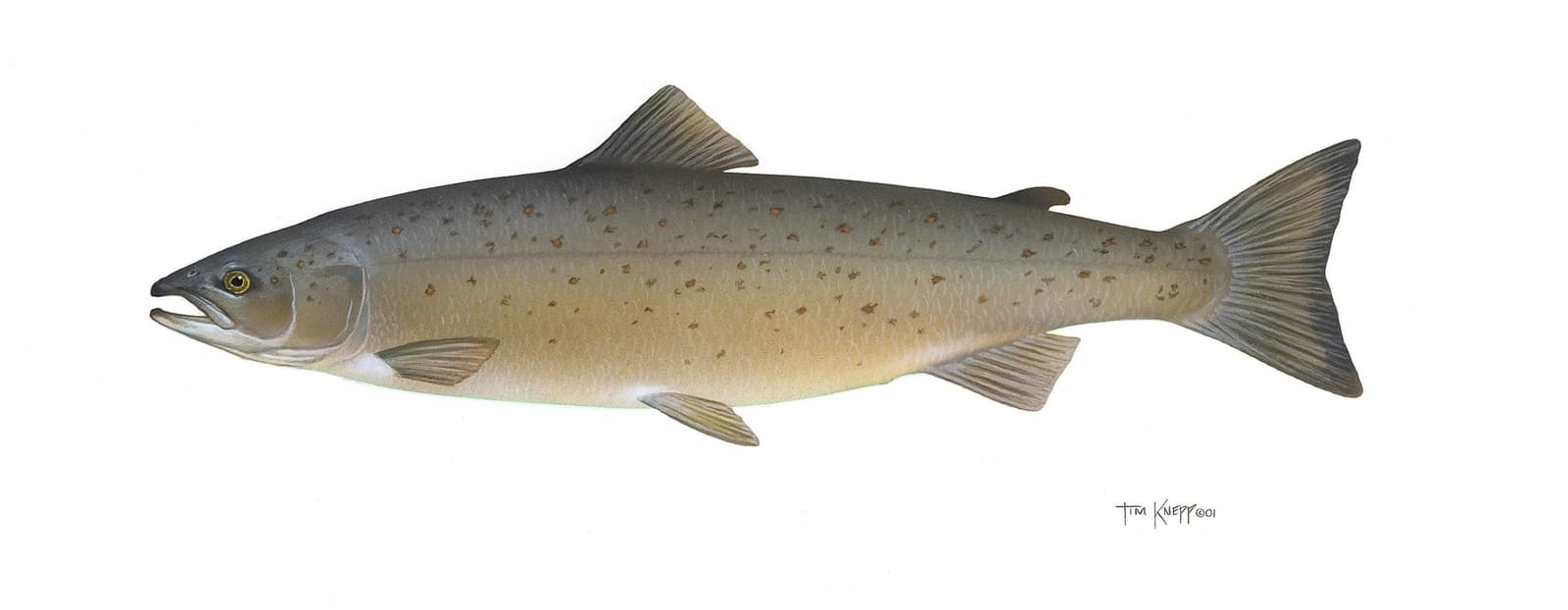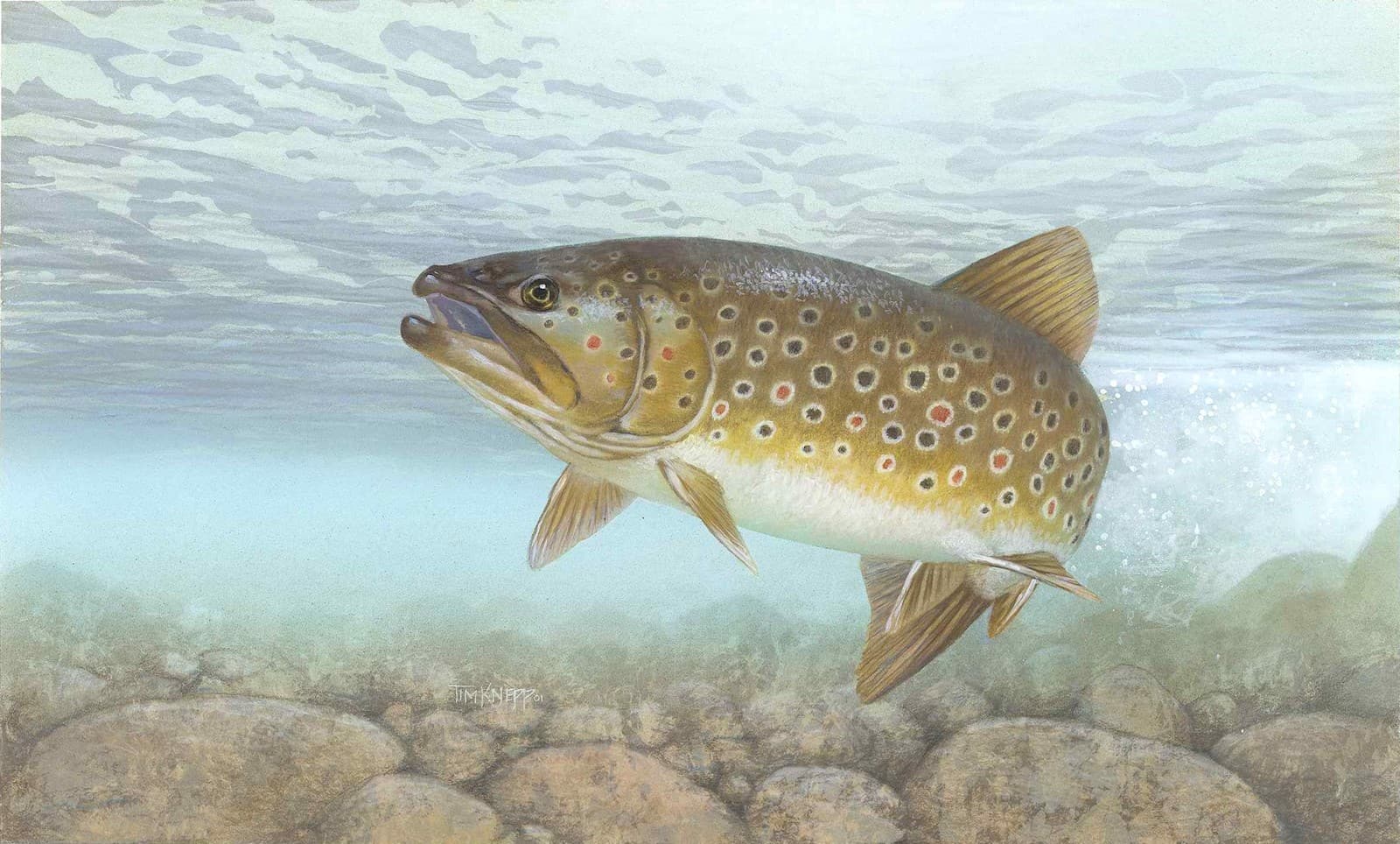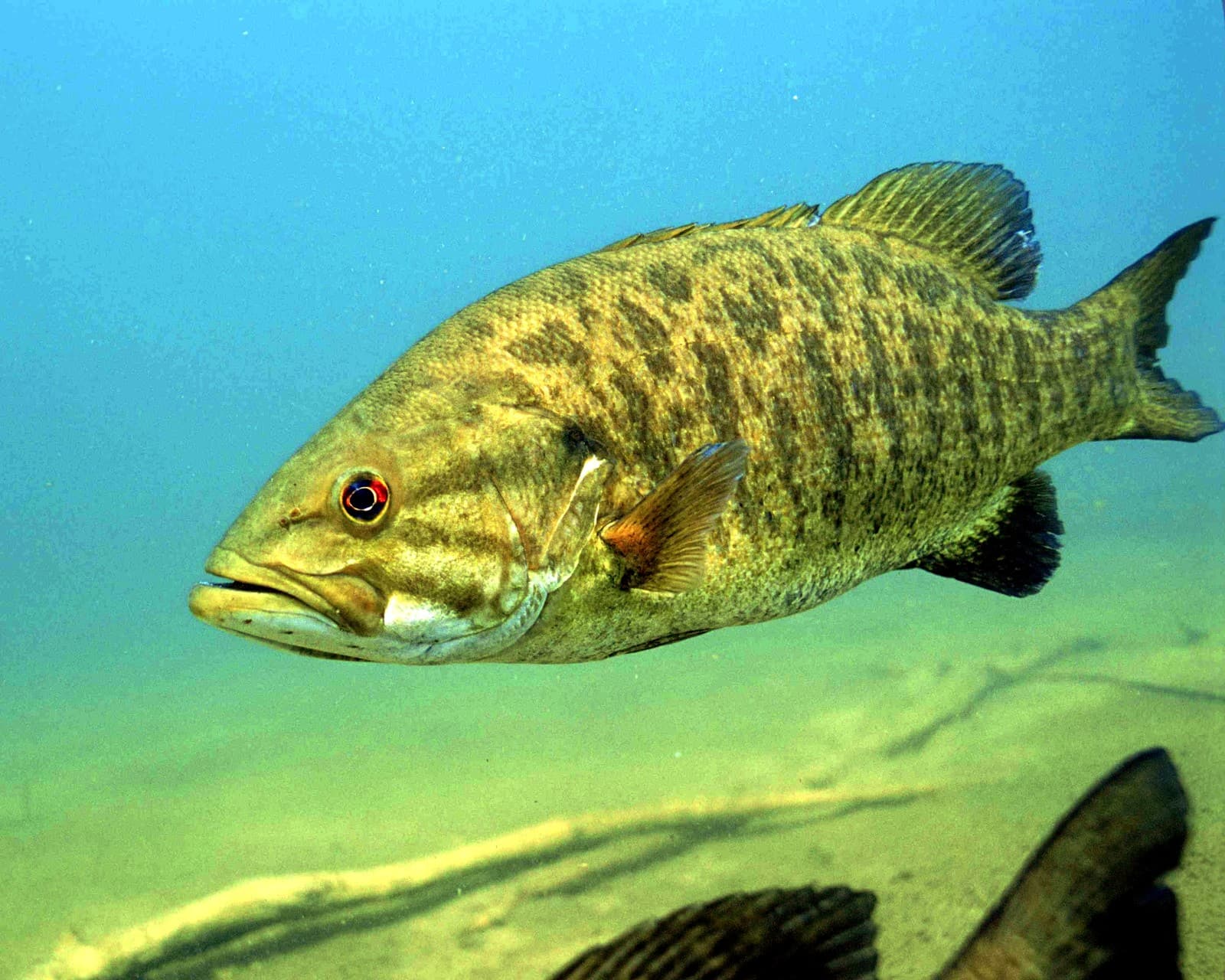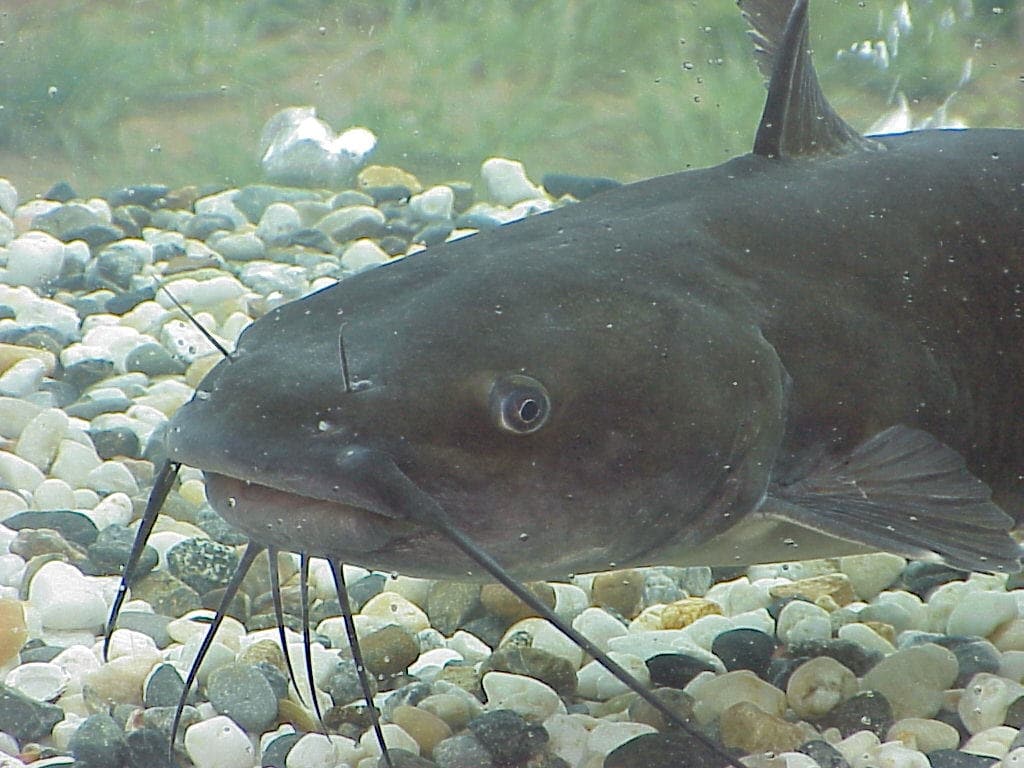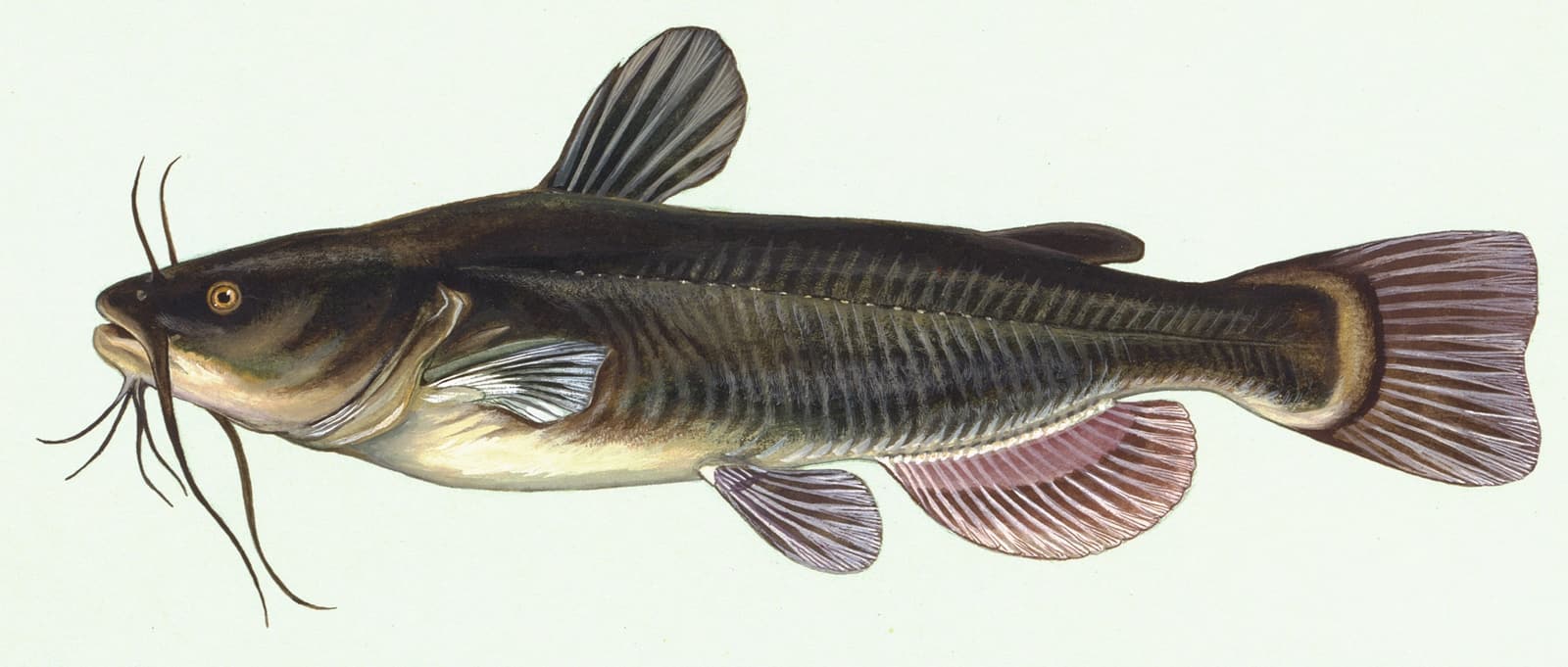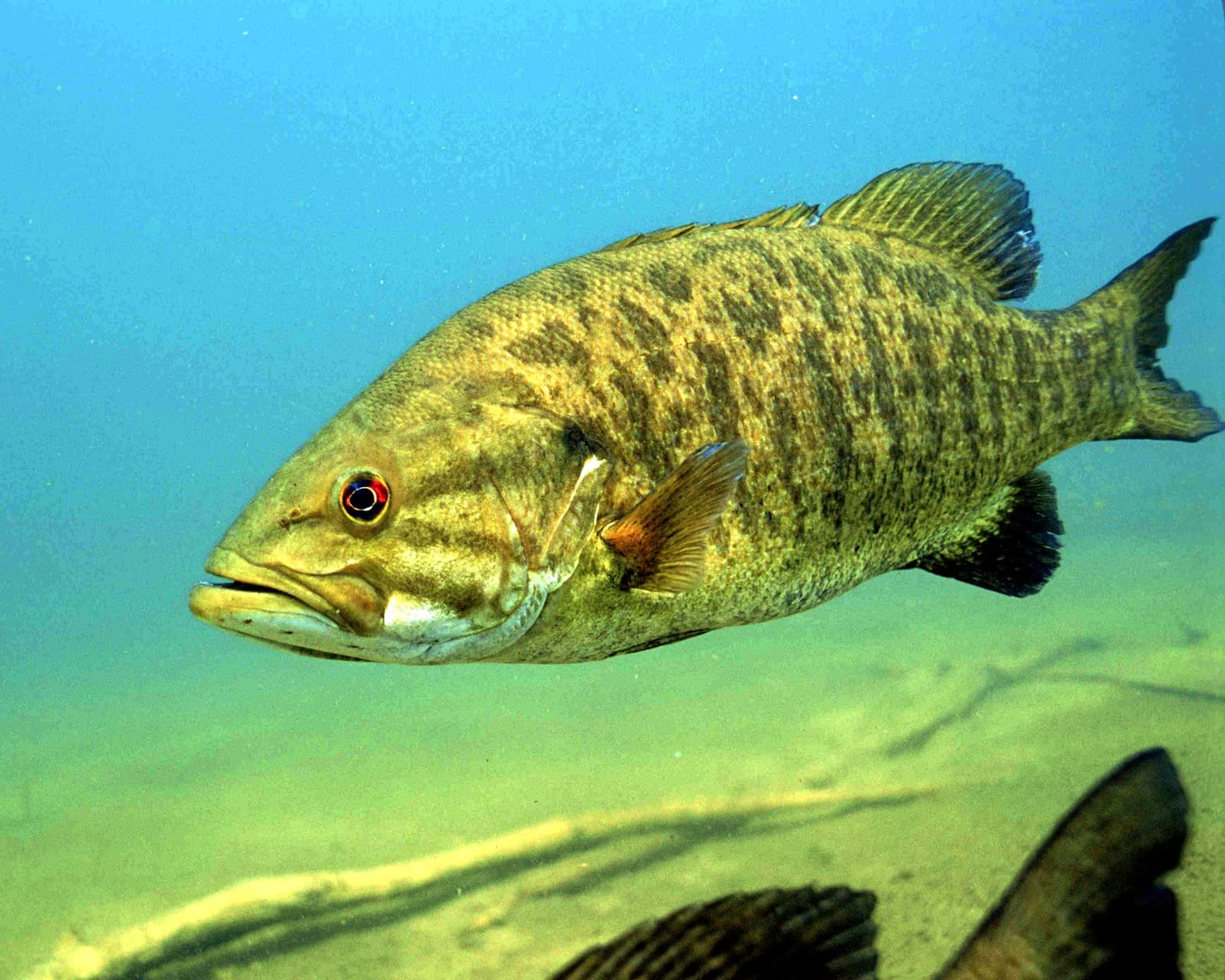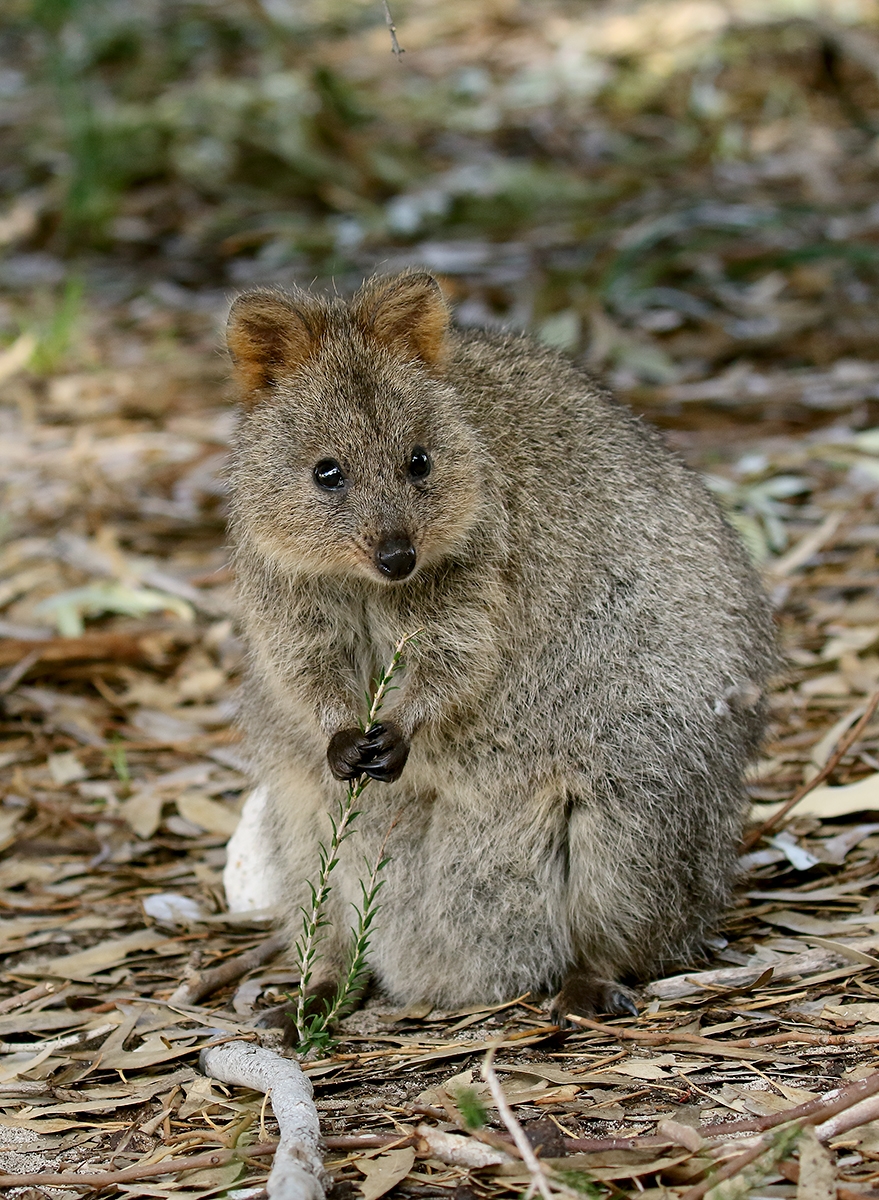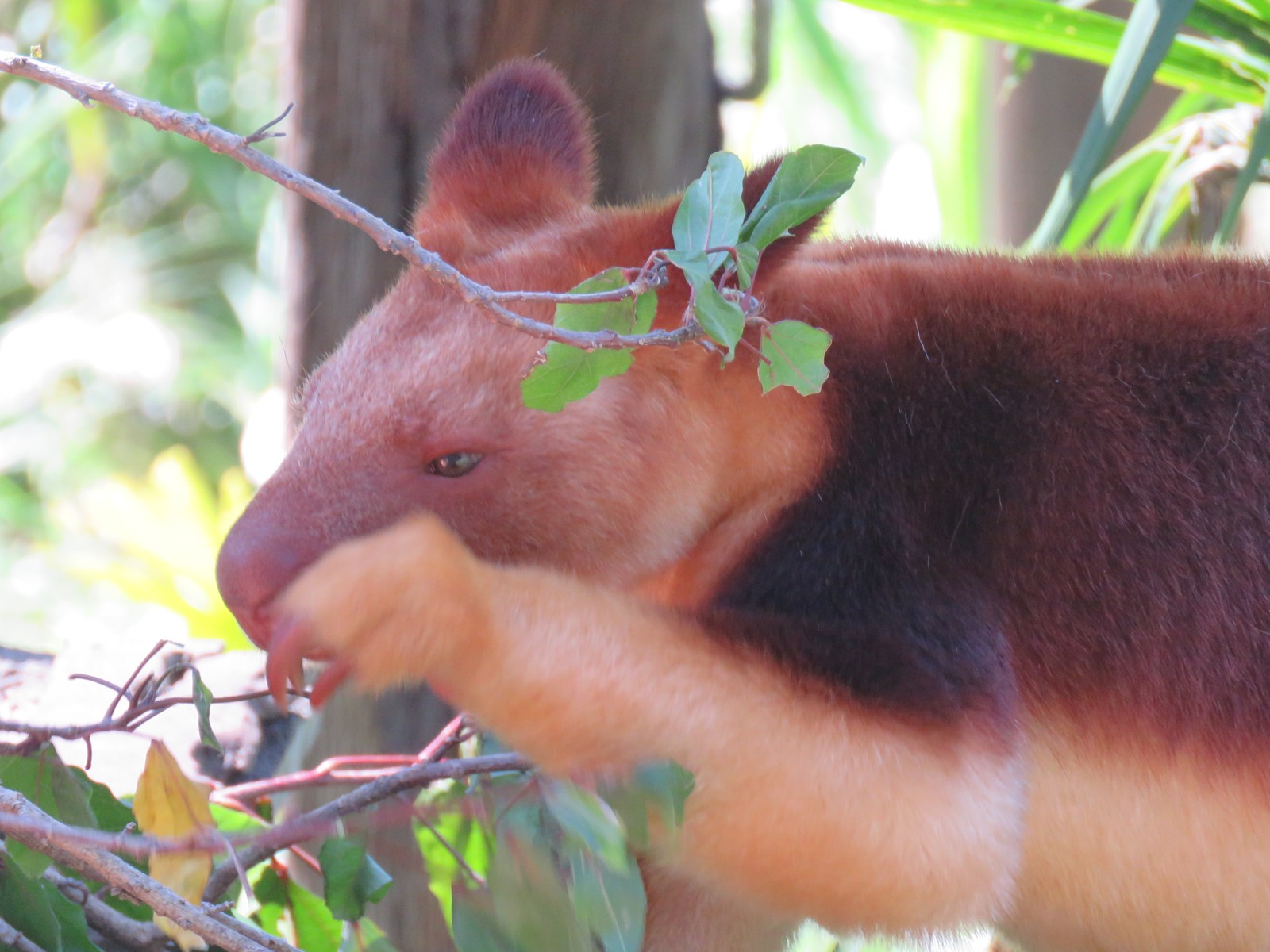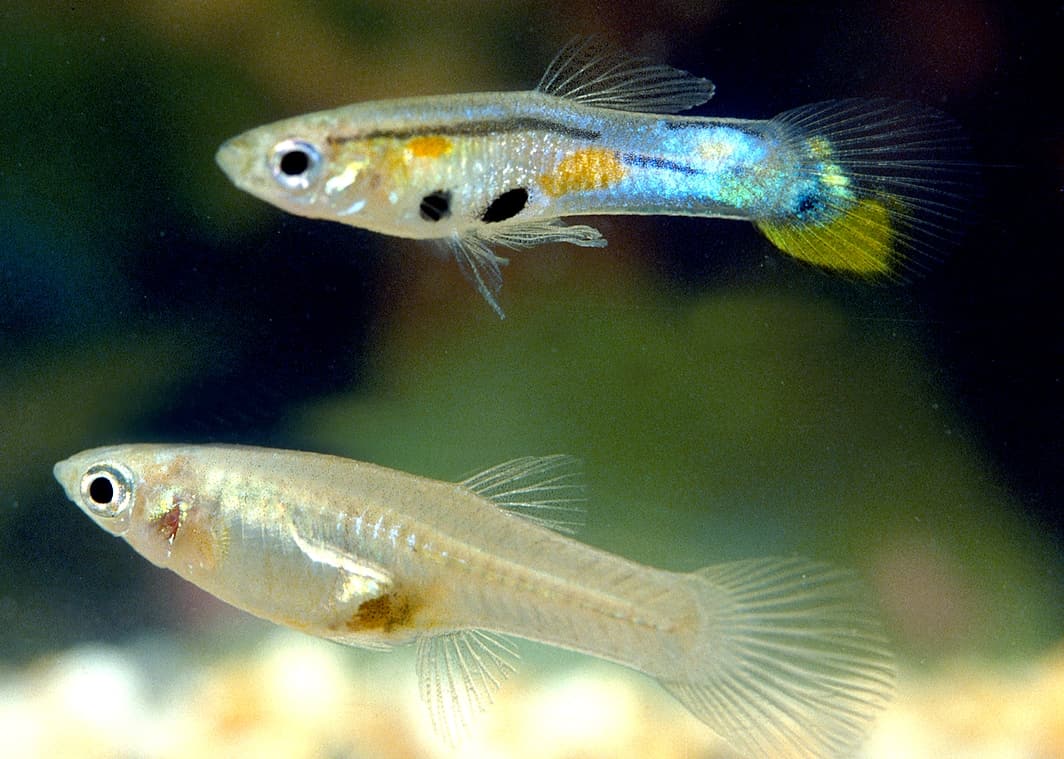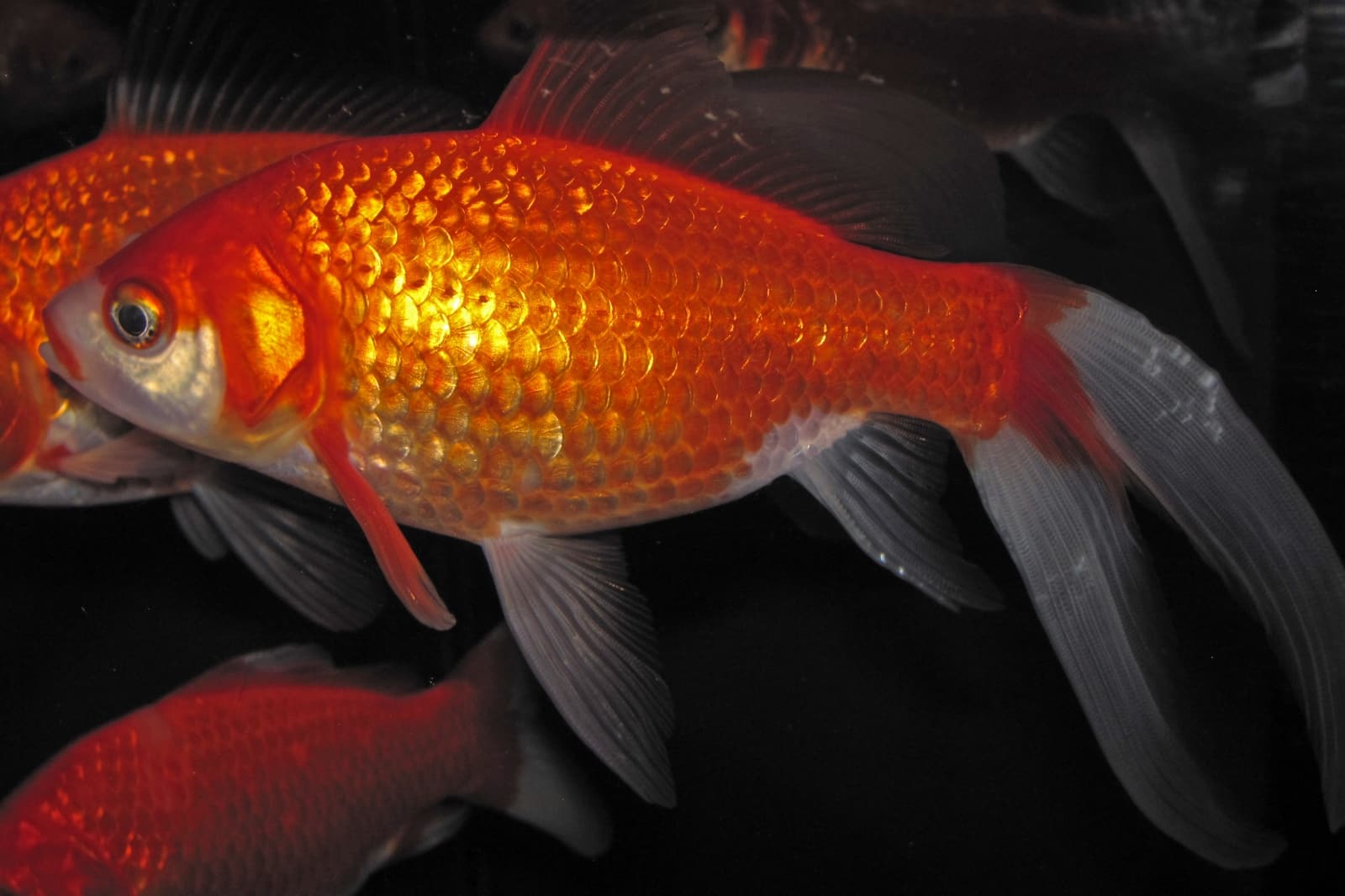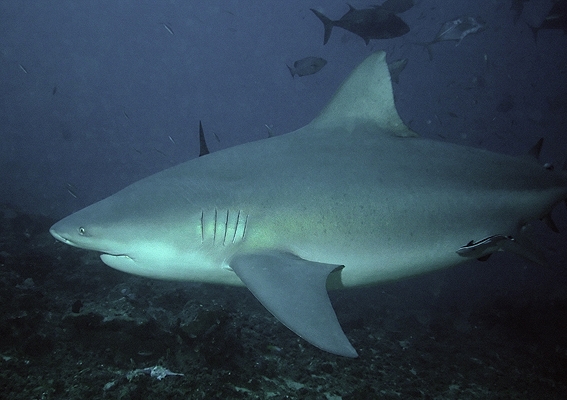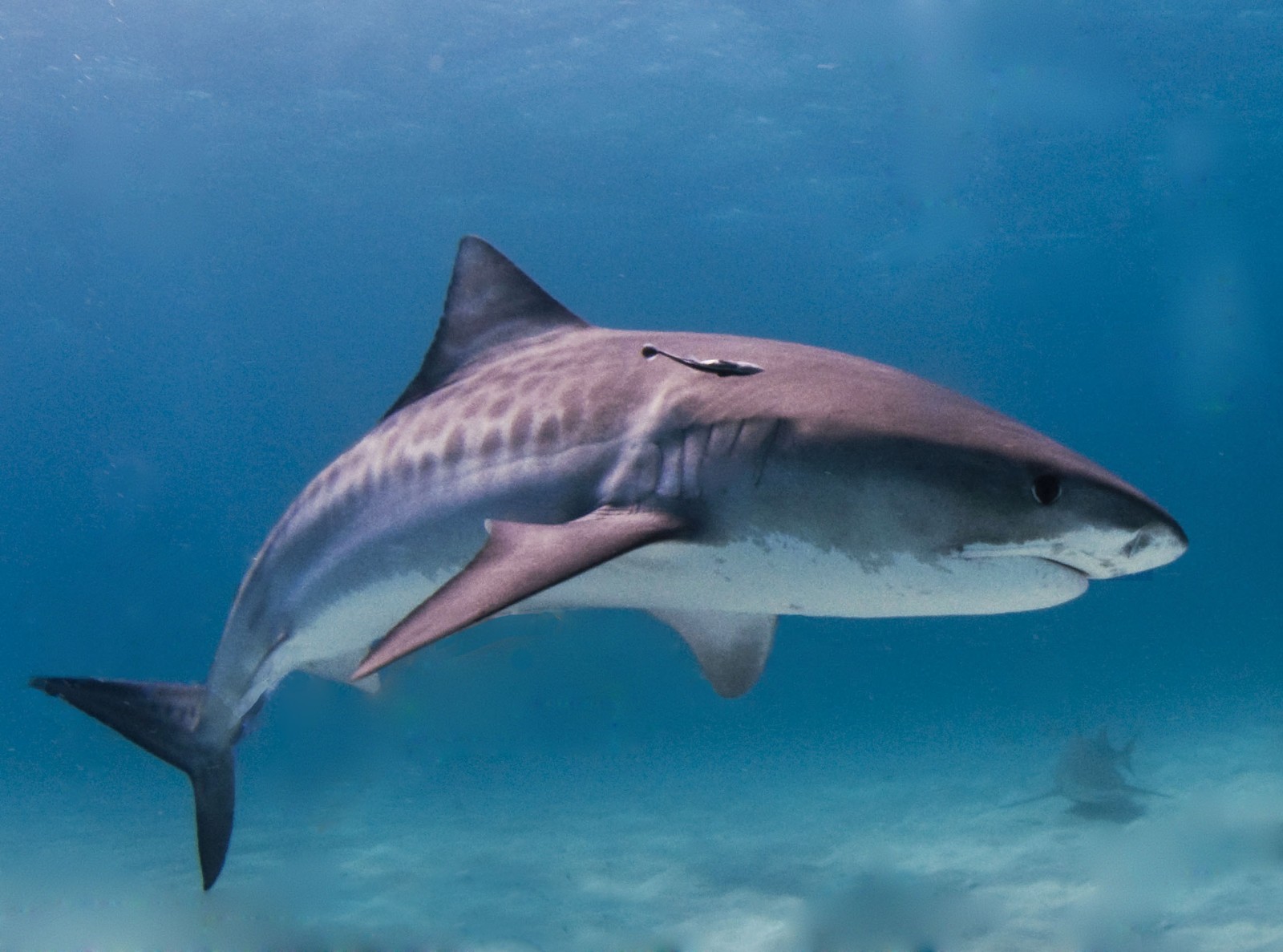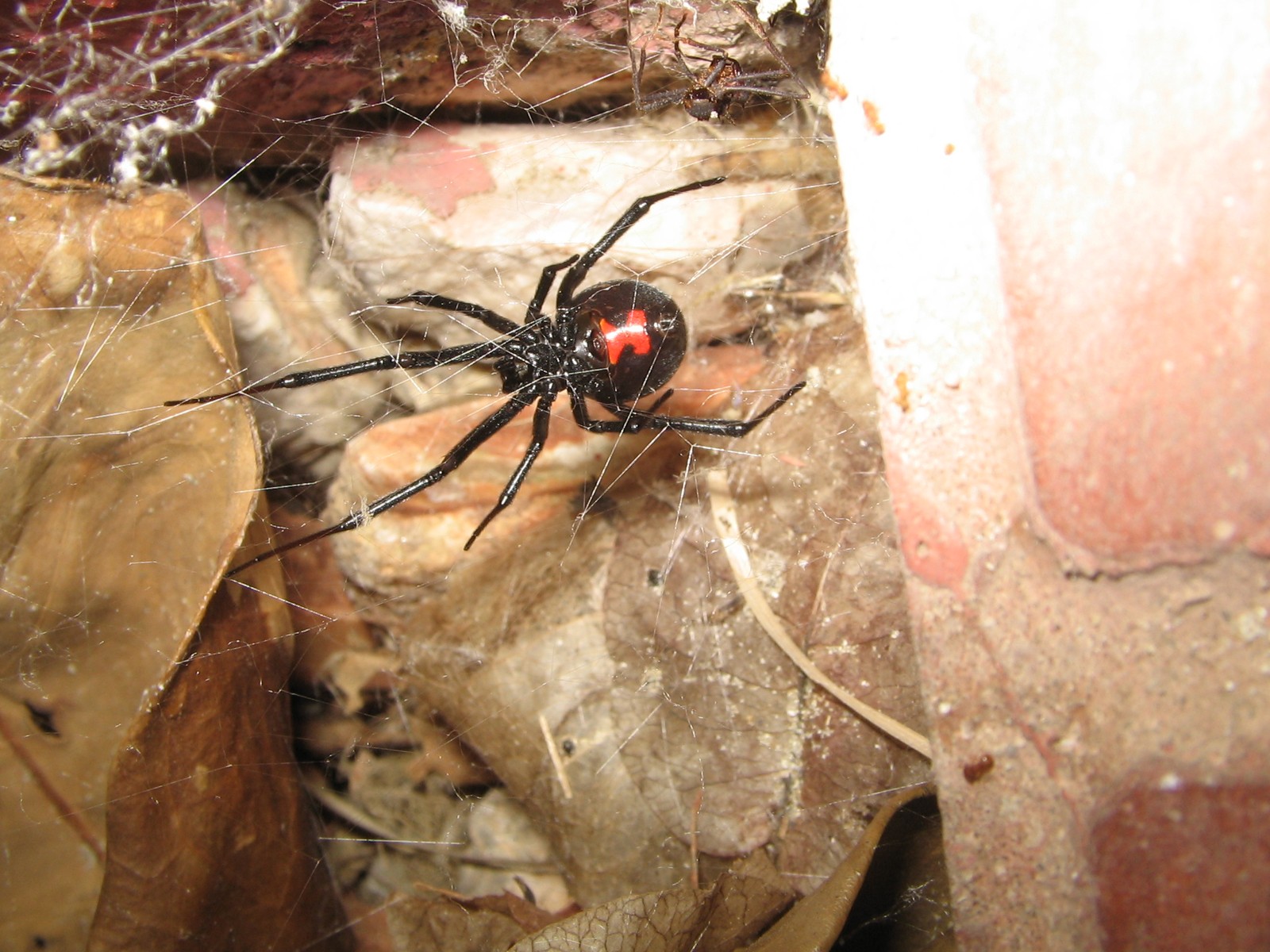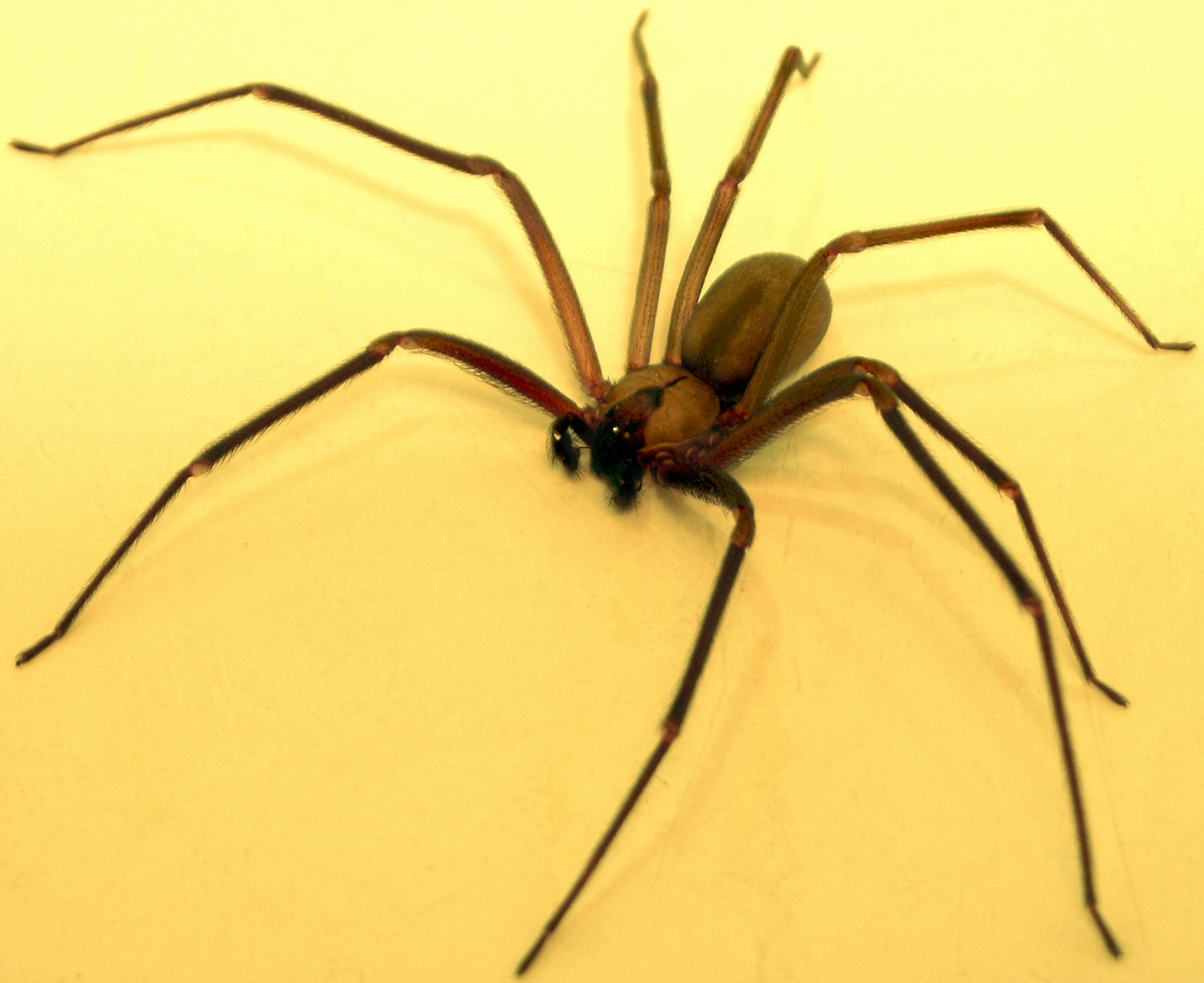Trout vs Bass: A Complete Comparison
When comparing trout vs bass, these popular gamefish exhibit distinct characteristics that set them apart in both behavior and habitat preferences. Trout typically thrive in cooler waters (50-65°F/10-18°C), while bass prefer warmer temperatures (65-85°F/18-29°C). The average size difference is notable, with largemouth bass reaching up to 25 inches (63.5 cm) in length, while common trout species typically max out at 20 inches (51 cm).
These freshwater titans differ significantly in their feeding habits and preferred environments. Trout are known for their selective feeding patterns and preference for moving water, whereas bass are opportunistic predators that excel in still or slow-moving waters. Understanding these distinctions is crucial for anglers targeting either species.
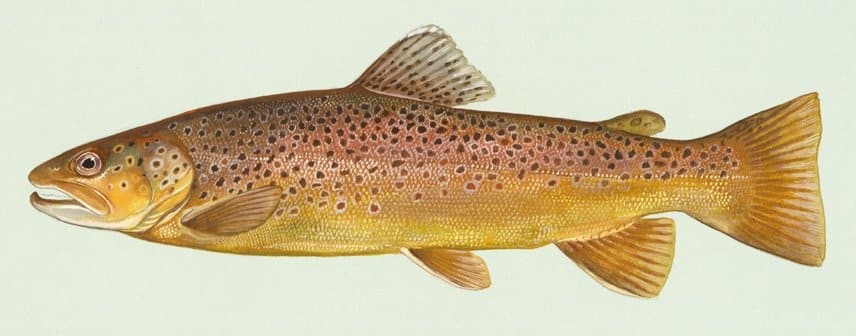
The brown trout displays the classic spotted pattern and streamlined body shape characteristic of trout species. Note the distinctive red spots with pale halos, a key identifier when distinguishing trout from bass.
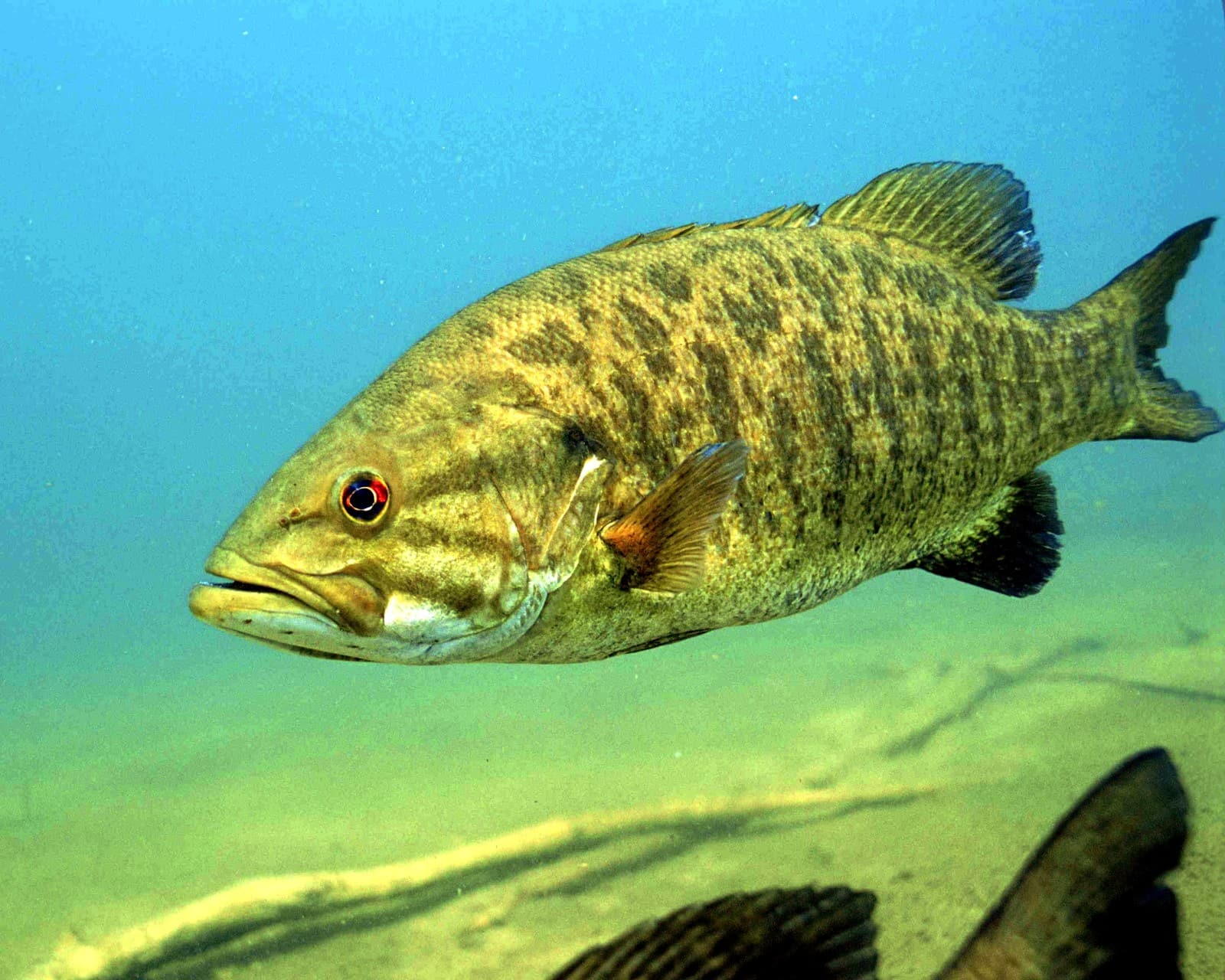
The smallmouth bass exhibits the species’ characteristic robust body structure and large mouth. The olive-green coloration and pronounced scales are typical features that distinguish bass from trout.
Key Differences: Trout vs Bass
| Feature | Trout | Bass |
|---|---|---|
| Preferred Temperature | 50-65°F (10-18°C) | 65-85°F (18-29°C) |
| Typical Size | 12-20 inches (30-51 cm) | 15-25 inches (38-63.5 cm) |
| Habitat | Fast-moving, oxygen-rich waters | Still to slow-moving waters |
| Feeding Behavior | Selective, insect-focused | Opportunistic predators |
| Fighting Style | Quick runs, aerial displays | Power runs, head shakes |
| Scale Type | Smaller, cycloid scales | Larger, ctenoid scales |
Habitat and Distribution
Trout are cold-water specialists, typically found in mountain streams, rivers, and cool lakes with high oxygen content. They require clean, well-oxygenated water and are often considered indicators of healthy aquatic ecosystems. Popular species include rainbow, brown, and brook trout.
Bass, conversely, demonstrate remarkable adaptability to various water conditions. Largemouth and smallmouth bass thrive in warm-water environments including lakes, ponds, and slower river sections. They show excellent tolerance for different water qualities and temperatures.
Feeding Patterns and Behavior
Trout Feeding Habits
- Primary diet consists of aquatic insects
- Highly selective feeding patterns
- Most active during dawn and dusk
- Seasonal feeding variations based on insect hatches
Bass Feeding Habits
- Aggressive predators of smaller fish
- Opportunistic feeding strategy
- Peak activity during warmer months
- Readily attacks larger prey items
Fishing Techniques and Gear
When targeting trout, light tackle and finesse presentations typically yield the best results. Recommended gear includes:
- 4-6 weight fly rods
- 4-8 lb test line
- Small artificial flies or lures
- Light action spinning rods
Bass fishing often requires heavier equipment:
- 7-8 weight rods
- 8-20 lb test line
- Larger artificial lures
- Medium to heavy action rods
Conservation Status and Management
Both species face unique conservation challenges. Trout populations are particularly sensitive to:
- Water temperature changes
- Habitat degradation
- Water quality issues
- Competition from invasive species
Bass populations generally show more resilience but require management for:
- Sustainable harvest rates
- Habitat protection
- Population control in some waters
- Prevention of overfishing
Fighting Characteristics
Trout Fighting Style
- Quick, powerful runs
- Frequent aerial displays
- Utilize current to their advantage
- Tire quickly in warm water
Bass Fighting Style
- Strong, determined fights
- Powerful head shakes
- Extended battles near structure
- Superior stamina in warm conditions
Understanding these differences between trout and bass helps anglers adapt their techniques and equipment choices for more successful fishing experiences. Each species offers unique challenges and rewards, contributing to their status as premier gamefish in North American waters.
